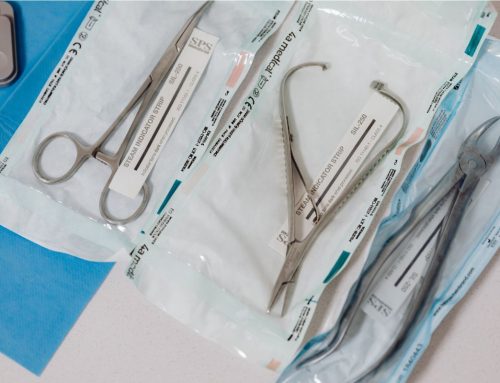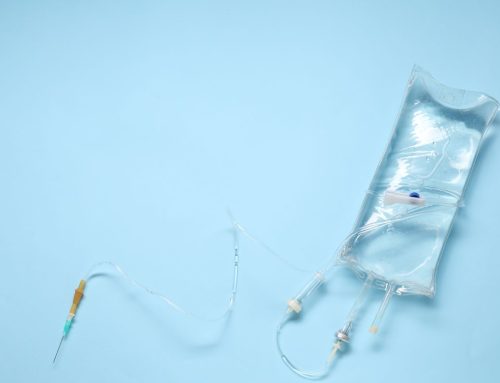The burgeoning shortage of healthcare workers is a consequence of the Covid-19 pandemic that threatens to hang around for some time. Medical staff working in these challenging environments need all the support they can get to maintain safe and effective care delivery for optimal patient outcomes. Implementing the use of color-coded medical products can help achieve this.
The Scope of Medical Staff Shortages
According to research by market analytics firm Mercer, the U.S. expects to have a significant lack of necessary medical staff by 2025. The shortage is estimated to reach around 446,000 home health aides, 95,000 nursing assistants, 98,700 medical and lab technologists and technicians, and more than 29,000 nurse practitioners. With healthcare workers routinely suffering burnout from trying to cope with the workload, hospitals and clinics across the nation are searching for ways to relieve their burdens.
What is Color Coding in Health Care?
Color coding in health care refers to the systematic process of displaying information using different colors to assist in equipment classification and identification. Although color coding is used across multiple industries, including electronics, navigation, and the military, in health care its use is more than esthetic. Color is used in diagnostic and therapeutic medicine to ensure better differentiation and systematic classification, help prevent medication errors, and augment patient safety.
How Color-Coded Medical Products Work
Most people have never stopped to wonder how medical staff distinguishes between different devices. For example, it’s impossible to tell the difference between a 22-gauge needle and a 20-gauge needle simply by looking at it.
Color coding medical equipment such as plastic casings, handles, packaging, and labels helps healthcare professionals recognize the appropriate treatment protocols and the right equipment to use for individual patients.
In hospital settings, anesthetic drug packages are color-coded to prevent accidental syringe swapping. Other color-coded medical products include intravenous cannulas, asthma inhalers, wrist bands for allergy identification, and expiry date-based drug packaging.
Methods of Color Coding Used in Healthcare
Creating color-coded medical products for use in healthcare settings can be done using several methods.
Dip coating
Rubberizing and plastic coating are two of the most common methods of color-coding medical equipment. Items such as handgrips made from metal can be dip-coated in colored polymers such as plastisol, latex, neoprene, polyurethane, and epoxy, among others.
Urethane molding
Products such as cushions, headrests, and body support pads can be made from molded urethane foam and customized to allow specific colors to be used for different functions.
Powder coating
Powder coating is used to color-code hard metal items that need a rigid, long-lasting finish, such as medical equipment, hospital beds, and the interior of surgical suites. Powder coating has naturally antimicrobial qualities that promote a sterile and hygienic environment, making the method ideal for every area of the medical facility.
Additional color coding processes
Coating is not the only method used to color-code medical products. Processes such as slush molding of products with cavities can be color-coded. Soft, flexible items such as tubing and hoses are made by PVC casting and come in dozens of colors. Hollow objects can be produced in multiple colors using rotational molding.
Each of the many color-coding processes and materials available offers different benefits in terms of durability, infection control, pliability, and other qualities.
To find out the best option for color coding medical equipment ahead of going to market, please contact us at 810.376.2085.



